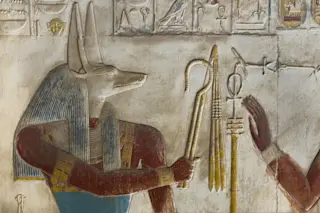In folklore, animals are depicted as messengers, symbols, or omens. Many of these stories are similar in cultures throughout millennia and feature folk beliefs brought on by fear of death, illness, and the unexplained. The animals mostly related to symbols or omens of death are scavengers, nocturnal, or associated with negative events.
"So generally, in folklore, animals that are associated with death are the ones that are omens of death," says Sabina Magliocco, a folklorist and professor of anthropology at the University of British Colombia Vancouver.
Animals are associated with symbolism because they are part of the natural world. When we started looking at nature to learn about the environment, we began to look at the natural world for omens. "There's a tradition of people looking to nature and interpreting signs in nature as though [they] were speaking directly to them," says Magliocco.
1. Dogs
Dogs, as symbols of death, go back thousands of years. One of the most known depictions is Anubis, the ancient Egyptian god of funerary practices, mummification, and protection of the dead.
Anubis
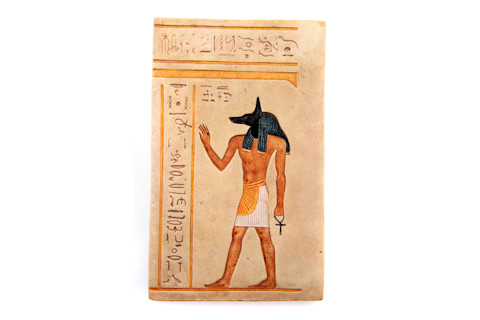
(Credit: Shutterstock/Jirik V)
Shutterstock/Jirik V
Who Is Anubis?
Also known as Inpu or Anpu, Anubis is depicted with the head of a jackal and the body of a male human. According to the Rosicrucian Egyptian Museum, Egyptians imagined Anubis this way because jackals often roamed cemeteries feasting on the flesh of the deceased. In this ancient civilization folklore, they thought the depiction would protect the bodies against the wild jackals.
What God Is Anubis?
In Egyptian mythology though, Anubis, the Egyptian god of death, would guide souls and dead Pharaohs into the afterlife. Anubis was also known as the guardian of the dead, so mummies were buried with amulets adorned with a jackal.
What Did Anubis Do?
Aside from protecting the dead, Anubis would weigh the hearts of the deceased against a feather and ensure a fair judgment, according to the folklore. Anubis was one of the earliest funerary gods in ancient Egypt and was a prominent figure for more than 3,000 years. There were also several other jackal-like gods in ancient Egypt.
Xoloitzcuintli
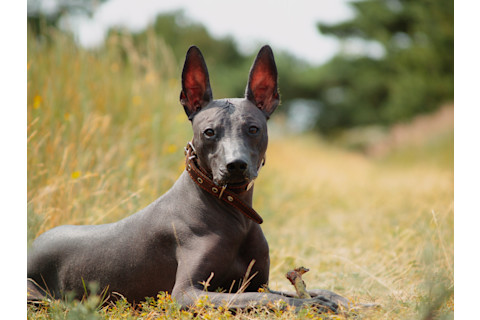
(Credit: Shutterstock/Creative_Bird)
Shutterstock/Creative_Bird
What Is a Xoloitzcuintli?
Another ancient depiction of a dog assisting the dead is Mexico's Xoloitzcuintli, or "Xolo" for short, also known as the Mexican hairless dog. This psychopomp, or a spiritual guide, is associated with the Day of the Dead.
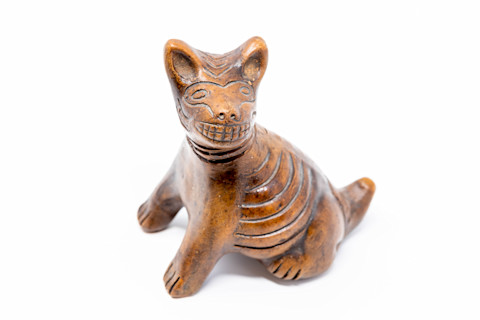
(Credit: Shutterstock/Photo Spirit)
Shutterstock/Photo Spirit
What Is The Legend of the Mexican Hairless Dog?
According to Mexica or Aztec mythology, the canine assists the dead in reaching their final resting place and helps them cross an uncrossable river. Cynthia L. Vidaurri for American Indian Magazine writes that humans go through several levels of Mictlān to reach the last resting place and endure various challenges.
Vidaurri also writes that in these creation stories, humans and Xoloitzcuintli were created from the same Bone of Life. The dogs were created to guard humans in life and guide humans once life ended.
2. Bats
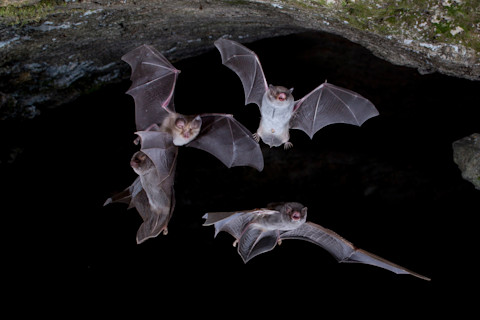
(Credit: Shutterstock/Agami Photo Agency)
Shutterstock/Agami Photo Agency
What Does a Bat Symbolize?
Bats are associated with darkness, obscurity, and creatures of the night. Their connections with symbols of death began with their links to blood-sucking vampires in Western literature. In Christianity, they are known as "the bird of the devil," or the embodiment of the devil, according to the University of Michigan's dictionary of symbols.
Like black cats, bats are connected to black magic and witchcraft because they appear at dusk. In Dante Alighieri's Inferno, Satan is described with bat wings that freeze hell over with a simple flap of the wings.
Read More: Bat Faces Are Vast and Varied
3. Cicadas
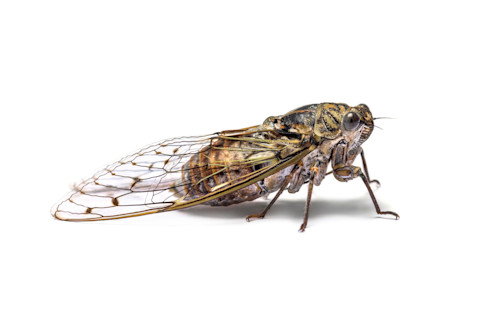
(Credit: Shutterstock/Eric Isselee)
Shutterstock/Eric Isselee
What Do Cicadas Symbolize?
In Chinese culture, cicadas are associated with a range of meanings. Some intertwine the cicada as a symbol of rebirth and immortality. The insects are linked with symbols of resurrection because of their life cycle, according to the Smithsonian National Museum of Asian Art. Soon after hatching, cicadas will bury themselves into the ground and live on tree roots for 13 to 17 years before rising from the ground again.
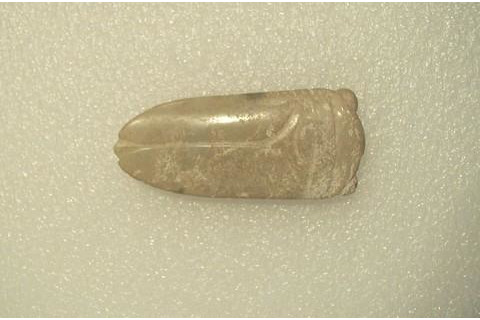
(Credit: Yale University Art Gallery/ Hobart and Edward Small Moore Memorial Collection, Gift of Mrs. William H. Moore)
Yale University Art Gallery/ Hobart and Edward Small Moore Memorial Collection, Gift of Mrs. William H. Moore
Chinese cultures see the insect's process of emerging from the ground as an analogy of the dead rising into eternity. According to the National Museum of Asian Art, during the Han dynasty, cicada-shaped hade amulets were placed on the tongues of corpses.
Read More: The Cicadas Are Coming
4. Butterflies
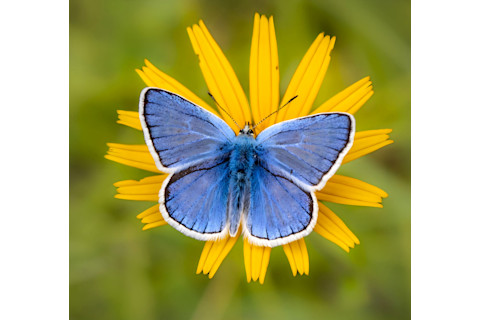
(Credit:Shutterstock/Tahmid Hasan Sobuj)
In ancient Greece, the word for butterfly is Psyche, which means the soul of the dead. The mythology of Psyche, a mortal woman released from death by the god Zeus, who gave her immortality inspired the meaning. On Greek pottery and in mythology, Psyche has butterfly wings.
What Is the Butterfly a Symbol Of?
The butterfly is thought to represent freedom from death, where the soul can fly after it emerges from the constraining chrysalis, according to a paper published in Arquivos de Neuro-Psiquiatria. A butterfly's transformation from a caterpillar into a winged insect can also symbolize the soul's exit from the body.
Symbols of a chrysalis have been found on ancient sarcophagi in Patras, Greece, and in Greek, chrysalis or nekydallon means "the shell of the dead."
Read More: How the Smallest Butterfly in North America Travels Using Gusts of Wind
5. Owls
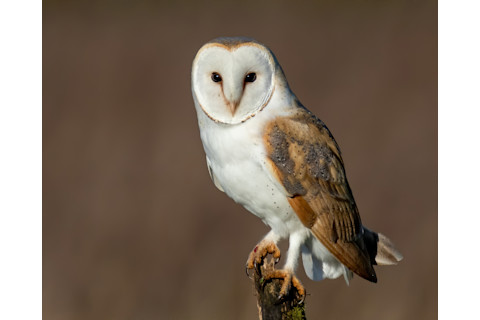
(Credit: Shutterstock/Trevor Partridge)
Shutterstock/Trevor Partridge
What Does an Owl Symbolize?
Owls make various appearances in the stories from North American tribes. Depending on which tribe, Owls can be a good or bad omen. For example, Apache tribes fear great horned owls and consider them a bad omen. Whereas other tribes believe owls are messengers and are a guardian spirit, per The Pueblo Chieftain.
"The owl is generally not a good sign, it is associated with death," says Magliocco. "If you've ever heard a screech owl cry out in the night, it's a very eerie sound. So, you can see how you can see how people develop this belief."
Some Mediterranean folklore also has stories about women who could turn themselves into screech owls and, at night, suck out the breath of babies.
Read More: An Extinct Owl Once Hunted by Day
6. Crows
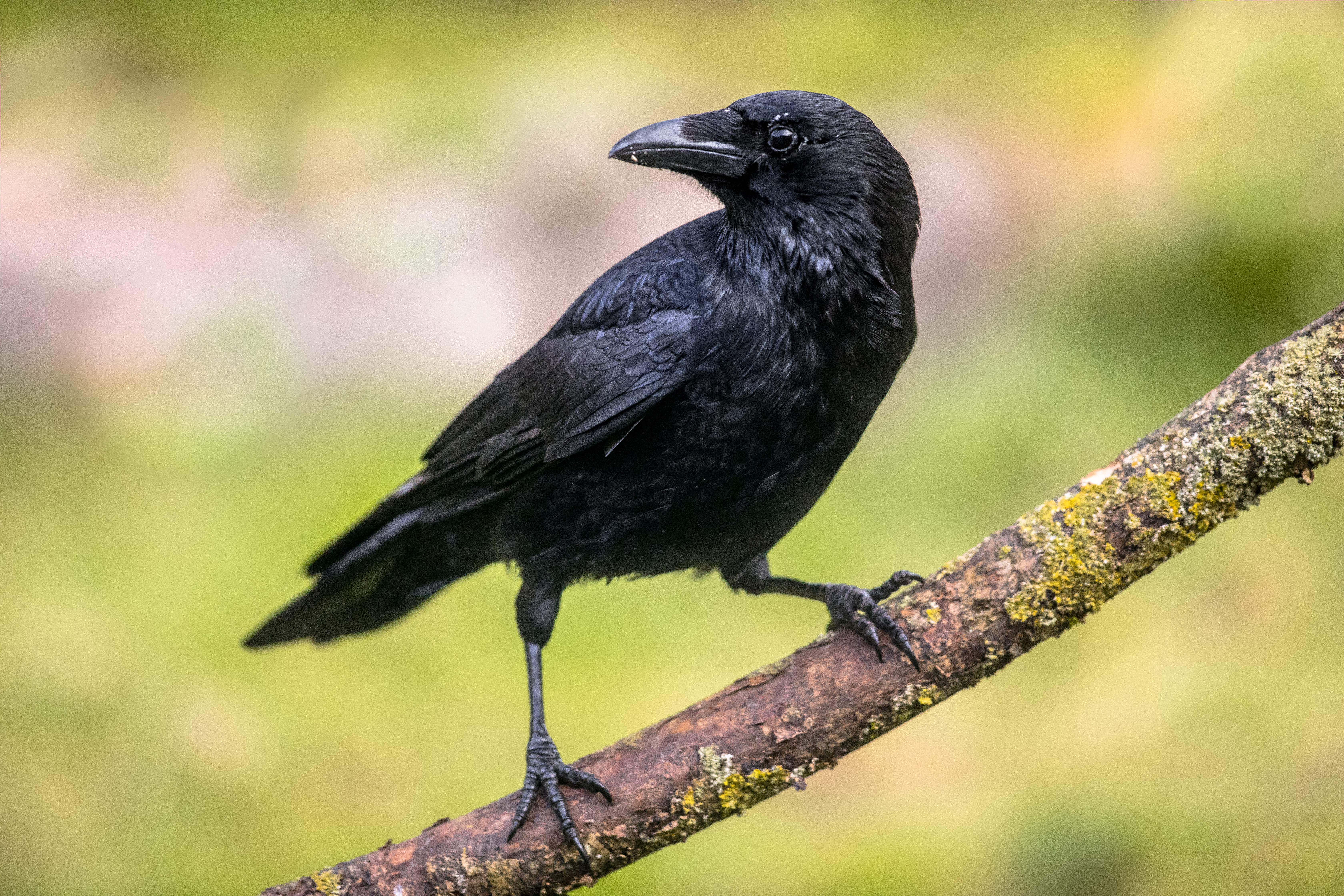
(Credit:Shutterstock/Rudmer Zwerver)
What Does a Crow Symbolize?
Crows often get associated with death. As scavengers, they were found in battlefields, cemeteries, and around dead bodies. In literature, circling crows above sites where humans or animals are expected to die soon represent omens of death or foreboding.
Crows in Swedish Folkore
Swedish folklore sees the birds as ghosts of those murdered without a Christian burial. At one point, humans blamed the birds for spreading the Bubonic plague.
Calling a group of crows a "murder" stems from a folk tale that said crows would come together, hold a court, and decide the fate of another crow that committed offenses against the flock. The fate could end in a 'murder' of the accused.
While most of the symbolism explained in these fauna is dark, many also have positive connotations of hope, renewal, intelligence, and destiny.
Read More: The Term 'Spirit Animal' Means More Than Your Favorite Animal


